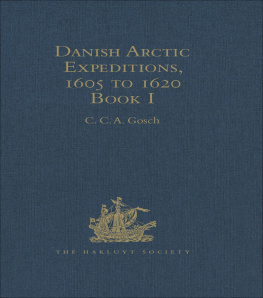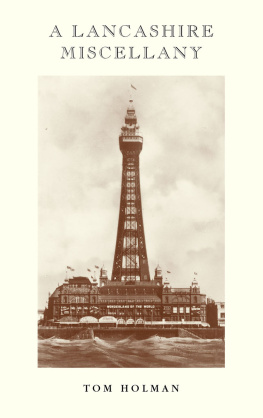PREFACE.
" Folk-lore ," though a term that will not be found in our standard dictionaries, from Johnson down to Webster, is nevertheless simply a modern combination of two genuine old English wordsFolc, the folk, the people, "the common people;" and Lr, Laer, Lora, learning, doctrine, precept, law. In the earlier days of our English tongue, folk-land, folk-gemote, folk-right, &c., were terms in common use, and amongst this class of compound words our fore-elders had folc-lare, by which they denoted plain, simple teaching suited for the people, what we should now call "popular instruction," and hence folk-lare also meant a sermon. Folk-Lore, in its present significationand for its general acceptance we are largely indebted to the Editor of that valuable periodical Notes and Queries,means the notions of the folk or people, from childhood upwards, especially their superstitious beliefs and practices, as these have been handed down from generation to generation, in popular tradition and tale, rhyme, proverb, or saying, and it is well termed Folk-Lore in contradistinction to book-lore or scholastic learning. It is the unlearned people's inheritance of tradition from their ancestors, the modern reflection of ancient faith and usage. This Folk-Lore has not been wholly without record in our literature. Hone in his delightful Every-Day Book, Year Book, and Table Book, has preserved many a choice bit of England's Folk-Lore; and his example has been ably followed in Chambers's Book of Days. Brand's Popular Antiquities, Aubrey's Miscellanies, Allies's Antiquities and Folk-Lore of Worcestershire, and other like works, have noted down for the information and amusement of future generations the prevalent superstitions, and popular customs and usages of the people in particular districts, during a past age, and at the present time. But the greatest and best depository and record of the Folk-Lore of various nations is that excellent periodical Notes and Queries, from which a charming little volume entitled "Choice Notes from Notes and Queries,Folk-Lore," was compiled and published in 1859.
But Lancashire has hitherto been without adequate record, at least in a collected form, of its Folk-Lore. This has not been because of any lack of such lore. The North of England generally, and Lancashire in particular, is remarkably rich in this respect. Possessed and peopled in succession by the Celts of ancient Britain, by the Angles and other Teutonic peoples, by the Scandinavian races, and by Norman and other foreign settlers at early periods,the result of the respective contributions of these various peoples is necessarily a large mass of traditionary lore. To bring this together and present it in a collected form is the object of this little volume. Its editors have been long engaged, apart,distinctly, and independently of each other,in collecting particulars of the superstitions in belief and practice, and of the peculiar customs and usages of the people of Lancashire. One of them, born in one of its rural districts, still rich in these respects, is thus enabled to remember and to preserve many of those customs and usages of his childhood and youth, now rapidly passing into decay, if not oblivion. The other, conversant from his earliest remembrances with the Folk-Lore of East Yorkshire, and with that of Lancashire for the last thirty-five years, is thus enabled to compare the customs and usages of both, and to recognise the same essential superstition under slightly different forms. Similarity of pursuit having led to personal communication, the Editors agreed to combine their respective collections; and hence the present volume. They do not pretend herein to have exhausted the whole range of Lancashire Folk-Lore; but simply to have seized on the more salient features of its superstitious side, and those of popular custom and usage. Part I. comprises notices of a great number of superstitious beliefs and practices. Part II. treats of various local customs and usages, at particular seasons of the year; during the great festivals of the church; those connected with birth and baptism; betrothal and wedding; dying, death-bed, and funeral customs; as well as manorial and feudal tenures, services, and usages.
Should the present volume find favour and acceptance, its Editors may venture hereafter to offer another, embracing the fertile and interesting subjects of popular pageants, maskings and mummings, rushbearings, wakes and fairs, out-door sports and games; punishments, legal and popular; legends and traditions; proverbs, popular sayings and similes; folk-rhymes, &c. &c.
September, 1866.
But for unavoidable delay, consequent on the preparation of a large-paper edition, this volume would have been published prior to "Notes on the Folk-Lore of the Northern Counties of England and the Borders," by Wm. Henderson. As that work has appeared, it may be as well to state that, notwithstanding similarity of subject, the two books do not clash. Mr. Henderson's work relates chiefly to the three north-eastern counties,Northumberland, Durham, and Yorkshire,with large notices not only of the Scottish borders, but of Scotland generally, and many details as to Devonshire folk-lore. Its notices of Cumberland and Westmorland are fewer than of the three counties first named; and Lancashire is only two or three times incidentally mentioned. The field of this county palatine is therefore left free for the present volume.
January, 1867.




